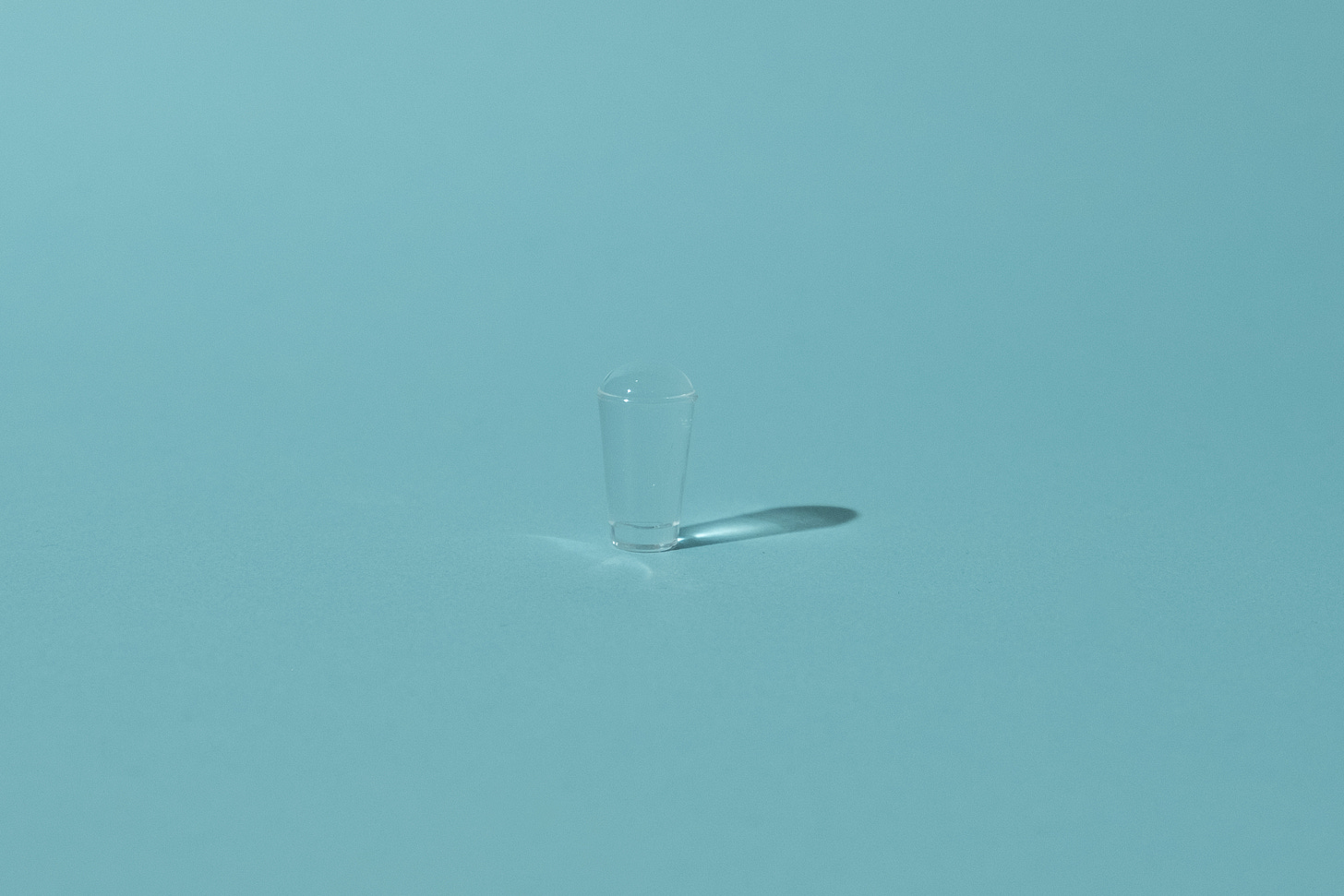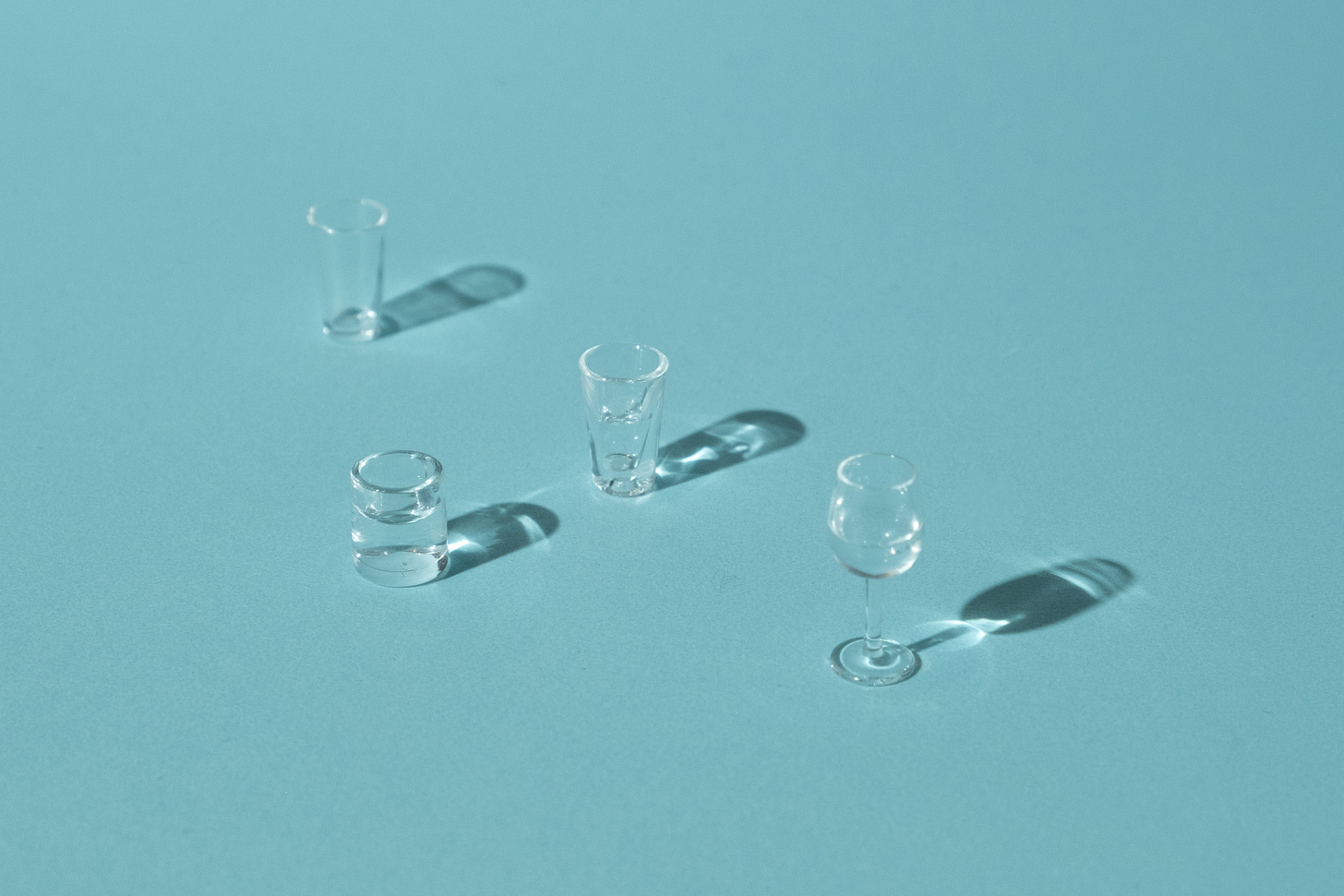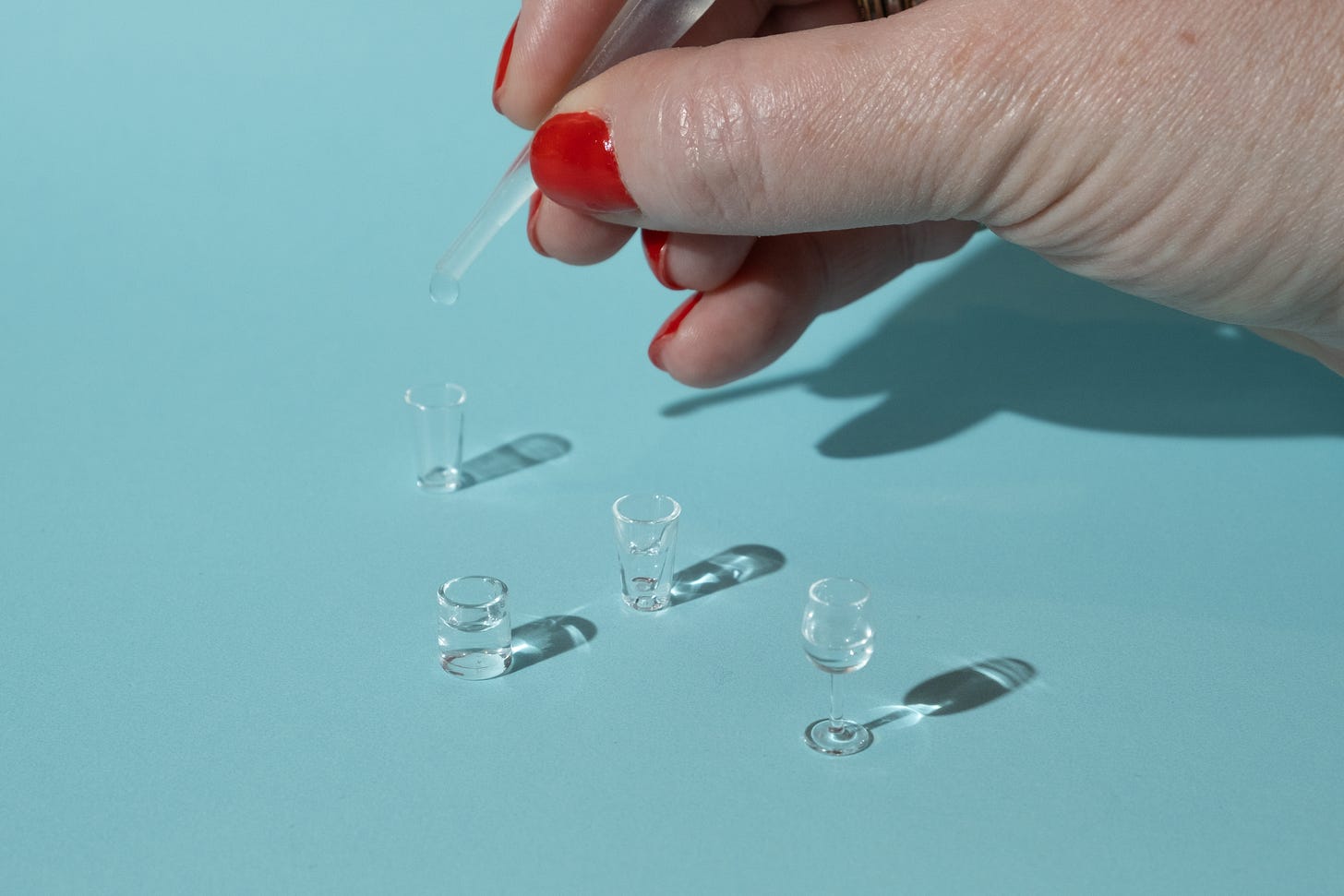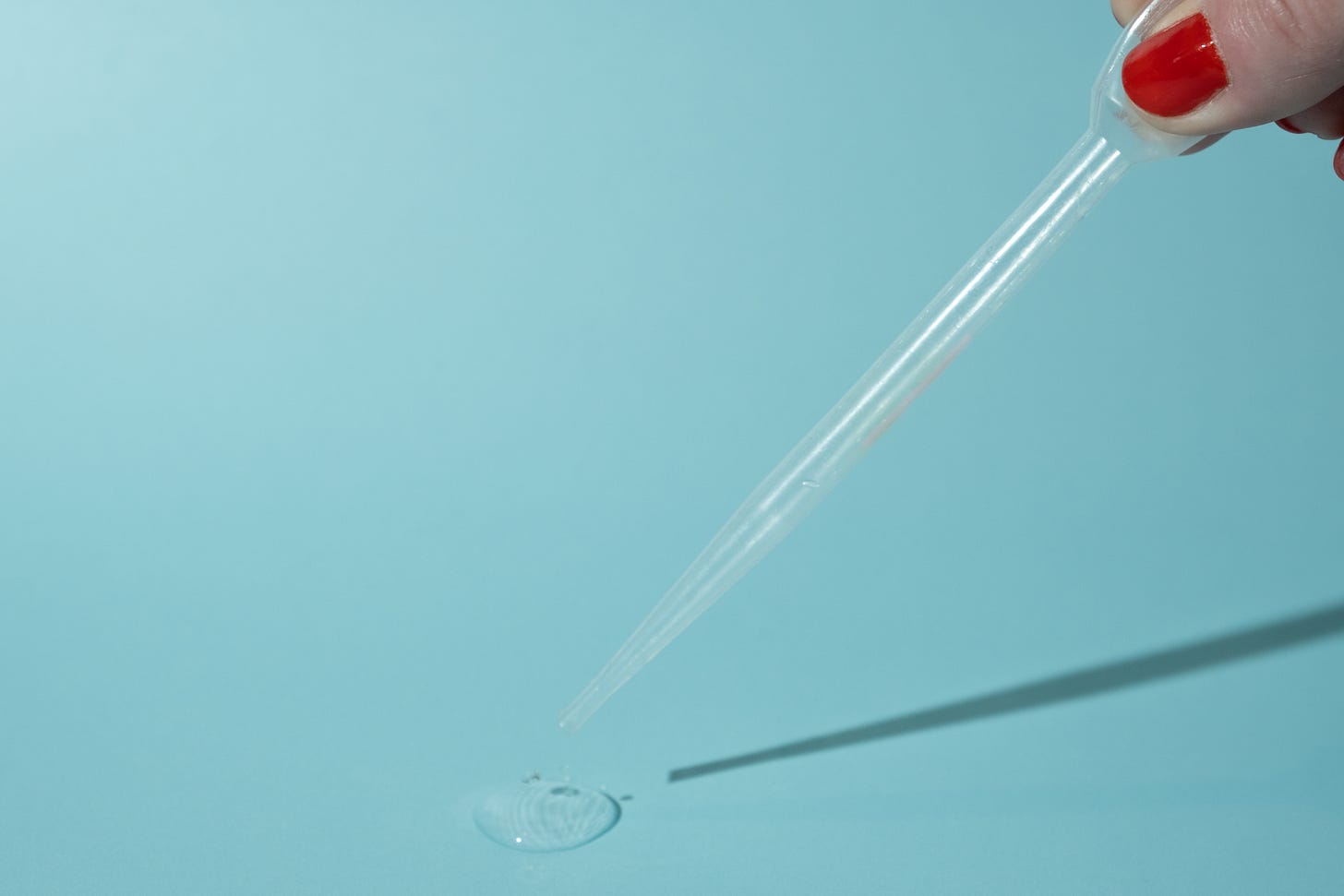November 2024 marked two years since I’ve had a full-time job. WILD! I would’ve never guessed I’d step off the path I’d been on for nearly 20 years. But after spending close to six years in my last full-time role (as VP Design at Granular, an acquired agtech startup), I found myself navigating a mass layoff when our San Francisco office was shut down in late 2022. So, I had a bit of a forced detour.
It was honestly a sad and scary time. I was worried about everyone who was impacted—myself included. I mourned the years and countless hours I had spent diving into the industry, building an absolutely stellar team, and helping the broader organization navigate an acquisition, growth, and a few pivots. I also mourned the fact that I had poured myself into the role, filling every crevice of it with almost every drop of me.

So when it ended, I felt like liquid that didn’t have a container.
But I wasn’t ready to jump into another similar role, and after discussion with my husband and a review of our finances, I decided to take some time off. It took a while, but I slowly made peace with being pathless and soon became very grateful for the break and disruption.
Embracing the blob
For the next six months, I reconnected with my creative practice, healing years of Zoom burnout and learning to embrace the blob of being container-less. My mom joked that I was retired, but I called it my “sabbatical.“ This time turned out to be a highlight of my life.
To be clear, it’s not like I was lounging about and making a mini chair every now and then. I basically had a new full time++ job, but instead of back-to-back Zoom meetings, overseeing the design of large software projects and managing a team, I was making a dollhouse. But I also made more space for volunteer work, self-reflection, friends, and family. I found that while I no longer had a “paid work container” I was filling, there were many other containers I wanted to contribute to. I no longer felt like my paid work defined me, and I had to stop relying on my job title as a shorthand for my competence and capabilities when I introduced myself to new people (which is something that my amazing career coach, Kathy Oneto, helped me realize I had been doing).
I also recognized that paid work isn’t the only type of work that is valuable or important to me. My “work” making a dollhouse as a gift wasn’t traditional economic value creation, but it brought joy—to me and others—which is valuable in its own right.
Despite these revelations, by mid-2023 I felt the itch to work in tech again (and tbh needed the income), but after doing some interviewing in a terrible job market, I was worried about finding and taking on another full-time role, and what past bad habits I might slip into. So I began consulting.
Setting boundaries
In my past full-time roles, I’d always gone “all in,” ensuring my and my team’s work connected to the bigger picture and created measurable value. My direct area of responsibility has typically been some permutation of design and product, but it’s always bled into other cross-functional areas, eventually morphing into something broader tied to the company’s mission and culture as a whole. It’s always been fulfilling and enjoyable work for me, but quite consuming. So as a consultant, I knew I’d have to consciously work to preserve the multi-container life I’d created—and learned to love—during my sabbatical.
I’ve worked diligently in my consulting roles and delivered work I’m proud of, but I’ve been adamant about setting boundaries to avoid falling into old patterns. I’ve made a conscious effort to create separate containers for myself to flow into that include paid work, creative work, leisure, and more. They aren’t always at the same fill-level, and I definitely have gotten imbalanced at times, but I find that a bit of dabbling and shifting focus between these different containers keeps me thriving. Still, it’s a challenge. And I have a natural tendency to overfill, which, despite being more mindful over the past 2 years, I have done at times.

Currently, my paid work is a fractional design/product strategy leadership role—fun and engaging work in a fascinating space. It started off pretty contained, but since the beginning of the year it’s started leaking into more cross-functional collaboration and coordination. I keep finding myself using the term “we” when describing the company. I’ve been added to planning meetings, and asked for my thoughts on things like “helping the team build its OKR muscle.” It’s all totally in my wheelhouse, but as the role has expanded, I’ve noticed echoes of my old self. Even though I’m consulting part-time, I’m finding less energy for my creative projects and having a harder time focusing on Practice. But unlike before, I am very aware of this imbalance, and know that I need to keep an eye on it.
Maintaining balance
A little over six months ago and about a year into my new, multi-container “part-time miniaturist and part-time consultant” life, Ben and I started Practice. Ironically, the new-ish multi-hyphenate version of me was pointed toward a role that had the potential to totally desiccate me. Many startup founders become an embodiment of their company, blurring the lines between personal identity and business, and completely pouring themselves in.

But Practice is different. It’s a company built on the premise that we all need to make more space for leisure and self-care. It’s focused on helping people “indulge” in creative making to experience joy and boost their well-being. The purpose isn’t to monetize hobbies or compete; it’s to enjoy the process, find flow, and have those peak, fulfilling moments. In many ways, Practice demands that I live its mission—finding balance, staying creative, and filling my own cup(s). Pouring myself entirely into the company would contradict everything it stands for.
One day, I hope Practice becomes my paid work and a larger container in my life—with balance, of course. There are many steps to get there, and while I’m impatient, I’m also grateful for what it is now. Practice wouldn’t even exist if I hadn’t been forced off my previous path and given the privilege to discover the benefits of building a creative practice firsthand.
Two years into this new path—which at times feels like hacking through a dense jungle and getting lost—I’m embracing the uncertainty, instability, and risk. Even answering a simple question like “What do you do?” has become complicated. But I’m far more intentional about how I spend my time and more aware of my tendency to overdo and overgive.
And, despite the challenges, I’m having a blast.



I so appreciate you sharing your experiences, Erica! (And thank you for the kind mention 😊).
I love the metaphor of the blob and the rebuilding of your identity with multiple containers. And I also love that you bring it to life in a way that you realize is another aspect of your art, your photography of miniatures and your hands. Nice!
All of it emphasizes this important point you make: "I also recognized that paid work isn’t the only type of work that is valuable or important to me. My 'work' making a dollhouse as a gift wasn’t traditional economic value creation, but it brought joy—to me and others—which is valuable in its own right."
For me, what qualifies as "work" is anything one deems worthy of their effort, that aligns with their personal goals, their values, and what matters to them. My hope is that we can choose to find work that fulfills us that doesn't have to necessarily be validated externally.
Part of the challenge for those of us called to do many different types of "work" is finding the space and the seasons for it all. It's not easy, as you're alluding to, but it can still be fulfilling.